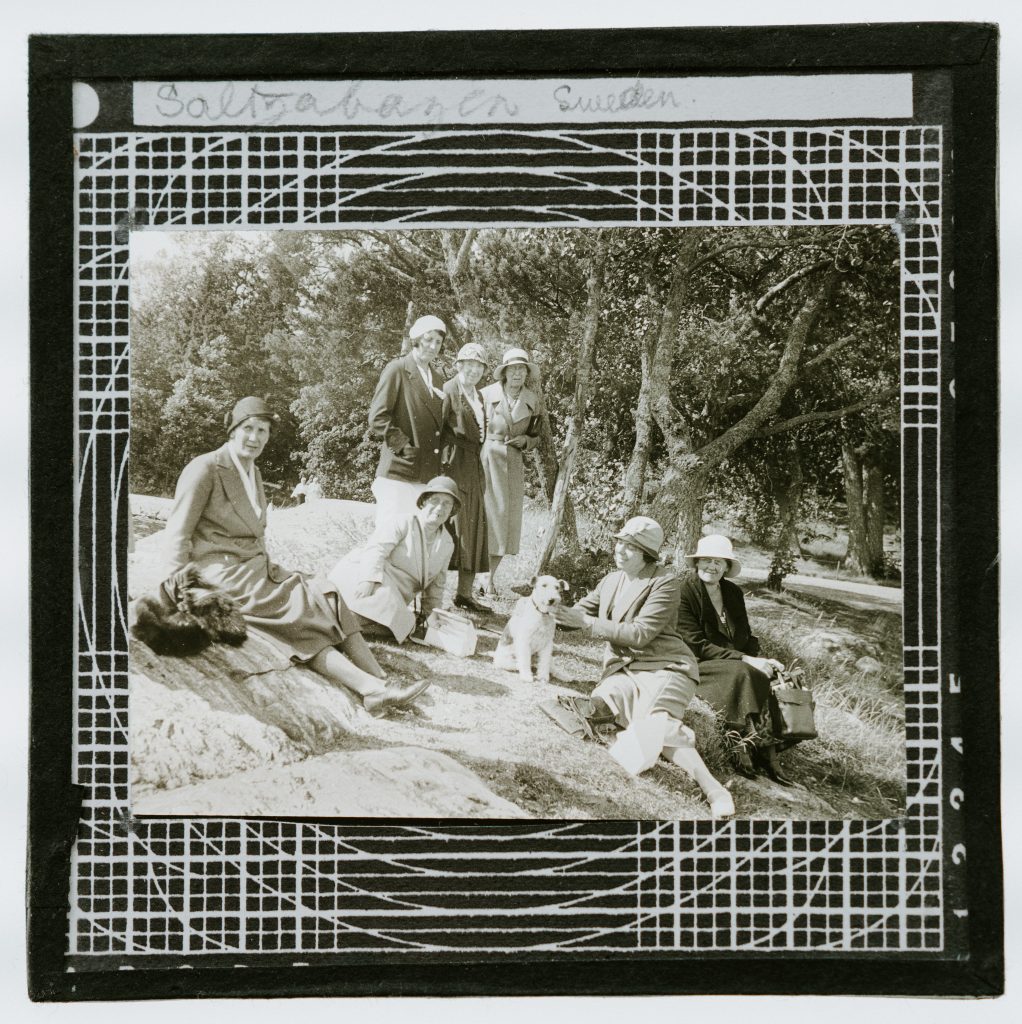Spanish Level 1- Activities Designed for Online Instruction
👨👩👧👦 Spanish Level 1, Activity 07: El Árbol Genealógico / Family Tree (Online)

World-Readiness Standards:
- Standard 1.1 – Students engage in conversations, provide and obtain information, express feelings and emotions, and exchange opinions.
- Standard 1.2 – Students understand and interpret spoken and written Spanish on a variety of topics.
- Standard 1.3 – Students present information, concepts, and ideas in Spanish to an audience of listeners or readers on a variety of topics.
- Standard 4.2 – Students demonstrate understanding of the concept of culture through comparisons between Hispanic cultures and their own.
Idaho Content Standards for World Languages:
- COMM 1.1 – Interact and negotiate meaning (spoken, signed, written conversation) to share information, reactions, feelings, and opinions.
- COMM 1.2 – Explain the relationship between cultural practices/behaviors and the perspectives that represent the target culture’s view of the world.
NCSSFL-ACTFL Can-Do Statements:
- I can ask and answer questions about the members of my family and ask about someone else’s family
- I can describe the characteristics of someone
- In my own and other cultures, I can identify who people consider as part of their family (Intercultural)
Materials Needed
- Google Slideshow
- FamilyEcho
- Optional: Jeopardy Activity
Would you like to make changes to the materials? Access the template(s) below:
- Famous Family Trees (Canva Template, free account required)
Need help with customizing the templates? View this video for help.
Warm Up
Materials Needed for Warm Up
- Begin by opening the slide show and introducing the Can-do statements.
Hola, ¿cómo están? Estoy ____. Vamos a empezar el lab de hoy con los can-do statements. - Students will be shown a family tree of a famous family. You will assign a student to be one member of the family. Have each student identify another member of the family when given their relation. For example:
Tú eres Maggie. ¿Quién es tú hermano?
Main Activity
Materials Needed for Main Activity
- Google Slideshow
- FamilyEcho
- Optional: Jeopardy Activity
- For the main activity, students will work in partners in a breakout room
- Have the students interview their partner and create a family tree based on the given information using the FamilyEcho website. Do a quick demo of how to use the site. Tell them to share their screen when they are interviewing, so their partner can see if they are writing it on the right spot. Once they have completed them, they will share their screens with the rest of the group, so they can present their partners’ families.
Vamos a trabajar en grupos de dos. Van a crear un árbol genealógico para su compañero/a. Compartir su pantalla y pregunta a su compañero sobre su familia. Después, regresamos al cuarto principal para compartir el árbol de su compañero/a. - Optional: Jeopardy Activity – Students can take turns choosing categories and points. The first person to type “yo” in the chatbox after you have read the question gets the first chance to answer the question aloud. If the first person is incorrect, the second person who typed “yo” in the chatbox gets a chance to answer.
Vamos a jugar Jeopardy. Ustedes necesitan elegir una categoría y un número de puntos. Entonces, yo voy a leer la pregunta o frase. La primera persona que escribe “yo” en su chatbox tiene la oportunidad a responder a la pregunta. Si esta person no está correcta, la segunda persona que escribió “yo” tiene una oportunidad a responder. La persona que da la respuesta correcta recibe los puntos.
Wrap-Up
Ask the following questions as a wrap up:
- En tu cultura, ¿a quién consideras parte de tu familia? (In your culture, who is considered as part of your family?)
- En otras culturas, ¿a quienes se les considera parte de la familia? (In other cultures, who is considered as part of a family?)
End of Lab
- Read can-do statements and have students evaluate their confidence with cards
- Encourage students to be honest in their self-evaluation
- Pay attention, and try to use feedback for future labs!
NCSSFL-ACTFL Can-Do Statements:
- I can ask and answer questions about the members of my family and ask about someone else’s family
- I can describe the characteristics of someone
- In my own and other cultures, I can identify whom people consider to be part of their family (Intercultural
Cultural NOtes:
How to Revise or Remix a Pathways Project Activity
Feeling creative? The Pathways Project needs your help in revising and remixing activities for the K-16 language classroom.
Try taking an activity to the next level by:
- Add new content (something you’ve created or another OER source)
- Contribute additional activity suggestions
- Integrate authentic materials such as videos, infographics, photos, etc.
- Suggest how to implement the activity in the classroom
- Customize the content for a specific audience or group of learners (for example, K-5 learners or to differentiate for student’s needs)

